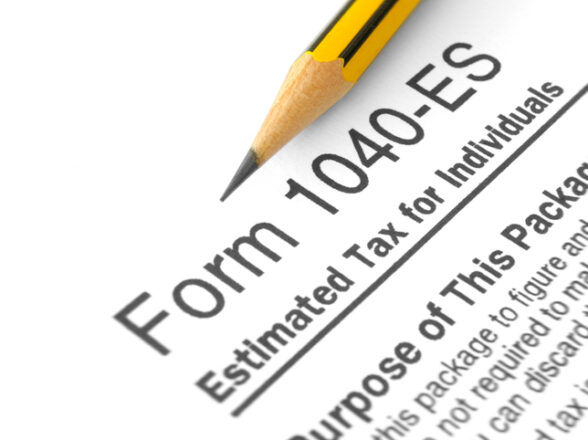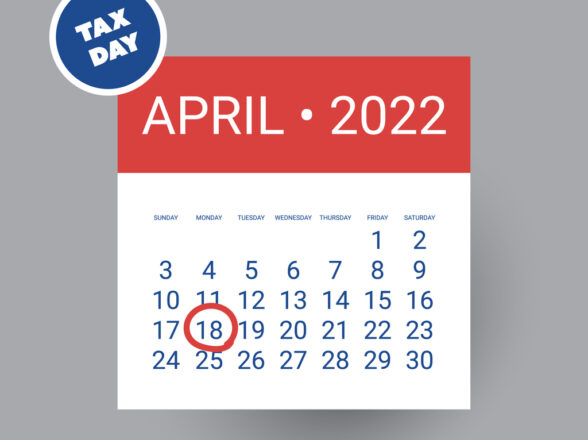Blog
A Primer on the Tax Relief Act of 2018: What You Need to Know

In November 2018, Chairman Kevin Brady (R-TX) released a new bill from the House Committee on Ways and Means. This bill — Retirement, Savings, and Other Tax Relief Act of 2018 — makes adjustments to several vital parts of the tax code, including retirement savings, IRS reforms, and critical updates to last year’s tax reform package. The bill is currently on it’s way to the Senate after passing through the House with flying colors. Of course, the current political ecosphere is slowing down the progress of the bill’s enactment. But, analysts are hopeful of the bill’s chances in the Senate.
Now that all of our minds are firmly on taxes, we figured it would be the perfect time to break this bill down and discuss all of the proposed changes. Even if you’ve heard of the Tax Relief Act of 2018, there have been various changes to its format since the original bill was pinned.
Let’s take a look.
Extended Tax Subsidies for Relief
The first major component of this tax bill relates to “extenders,” which are temporary tax subsidies that apply to alternative fuels, motorsports entertainment complexes, private mortgage insurance, qualified tuition related expenses, etc. This bill is extending these subsidies for another year. As usual, these extenders are renewed yearly — and specific ones are changed or added.
These extenders are typically aimed at specific groups of people, so it’s essential that everyone is aware of these subsidies — especially if you use alternative energy sources.
Retirement Plan Clarifications
The most significant portion of the bill relates to retirement plans. Thankfully, a ton of the changes revolve around breaking barriers that prevent some Americans from being able to take retirement seriously. To be clear, half of these provisions were already enacted in 2017. But, the landmark 2018 tax reform package had weaknesses — both in language and inclusion — regarding retirement. This bill fixes those issues.
Here are the bulk of the changes:
- Open multiple employer plans: This provision amends the Employee Retirement Income Act by allowing employers to pool employees under a single 401(k) plan. As it currently stands, multiple employer plans (MEPs) doesn’t let small businesses group together “unaffiliated” workers. This would allow open MEPs, which would save small businesses substantial costs relating to administrative duties. At the same time, employers would no longer have to undergo individual audits for employee 401(k)s since they no longer technically sponsor those plans. Overall, this will be a great boon for small-business looking to provide 401(k) options for employees.
- No more maximum age for 401(k): Right now, individuals over 70 can’t contribute to 401(k) plans. This bill would remove the maximum contribution age.
- Increased cap on deferrals on safe harbor plans: Safe harbor plans are critical for small businesses. They allow small businesses to dodge refunds while increasing their 401(k) contributions for employees. At the same time, they cost about the same as top-heavy 401(k)s. This bill increases the cap on deferrals from 10% to 15%, giving employers more options.
- Retirement plan incentives for small businesses: In line with previous changes, the bill also includes a new start-up tax credit of $1,500 for small businesses setting up new retirement plans.
- Penalty-free child-birth withdrawals: Anyone that’s dealing with a new child (birth or adoption) could withdraw $7,500 from their eligible retirement plan penalty-free.
IRS Reforms for Relief
There is also some substantial IRS reform included in the bill aimed at decomplexifying some IRS processes. Well, let’s rephrase that. It’s going to help decomplexify IRS processes in the future. We all know that the IRS is in need of some significant modernization (think file dusty file cabinets surrounded by suits.)
Here’s how this is going to work.
First, the bill establishes a new sector specifically for taxpayer appeals — or, in laymen’s terms, the bill hopes to make the IRS take customer service seriously. For years, the IRS hasn’t exactly been known for customer service, so helping to create a system where the IRS is actually helpful (instead of harmful) during the tax process would be absolutely fantastic.
At the same time, the bill requires that the IRS develop a “reorganization plan” by 2020. Most of this, however, is related to increased efforts of modernization and cybersecurity.
So, the bill has a two-part IRS reform. The first is aimed at increasing the customer-service side, while the other is aimed at improving the modernization and security aspects of the IRS.
Technical Corrections
As stated above, the landmark “Tax Cuts and Jobs Act” included some weak language. Of course, this is to be expected with any major tax reform bill. So, like usual, the bill that follows attempts to fix some of those issues. This is that bill.
The first change was to the “retail glitch,” which promoted 100s of retailers to send a letter to Congress. The oversight unintentionally increased Qualified Improvement Property (QIP) taxes, which was preventing some retailers from making critical investment deals.
The second change allowed sexual harassment victims to deduct legal fees during their case.
There were also changes related to some businesses being wrongfully denied tax returns due to deductions made on businesses that are operating on a loss.
Who Does This Bill Impact?
Really, everyone. The most wide-reaching changes were the retirement changes, which sees small businesses reap the bulk of the benefits. Of course, individuals not being capped by age will help many seniors facing issues in retirement.
The “retail glitch” fix will help many retailers impacted by the language issues in the 2018 tax reform package.
At the same time, changes to the IRS could benefit everyone. The new office for taxpayer issues shows a consistent need for customer service improvement in the world’s largest tax body. If the bill passes, IRS reforms aimed at modernization will hopefully come; we all know they’re past due.
As a reminder, Infinium does not provide tax or legal advice, and always consult your personal tax professional to better understand how this legislation could impact your situation.











































































































